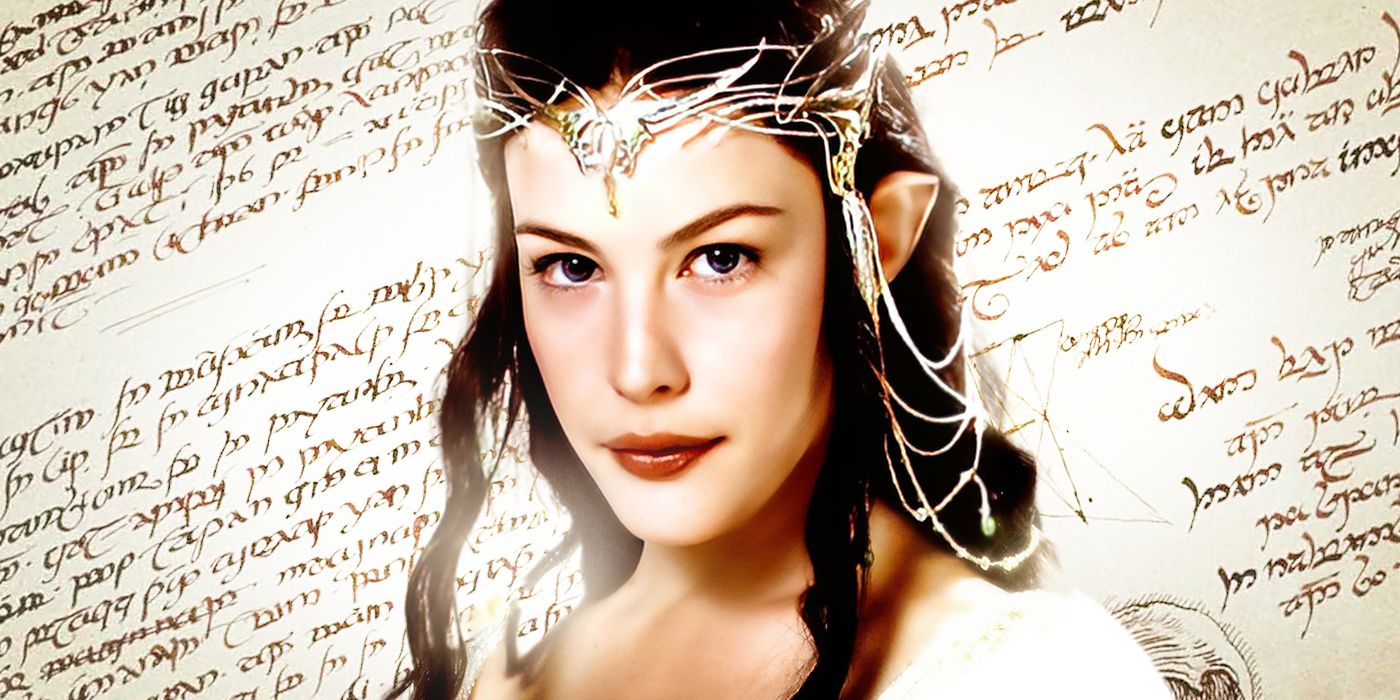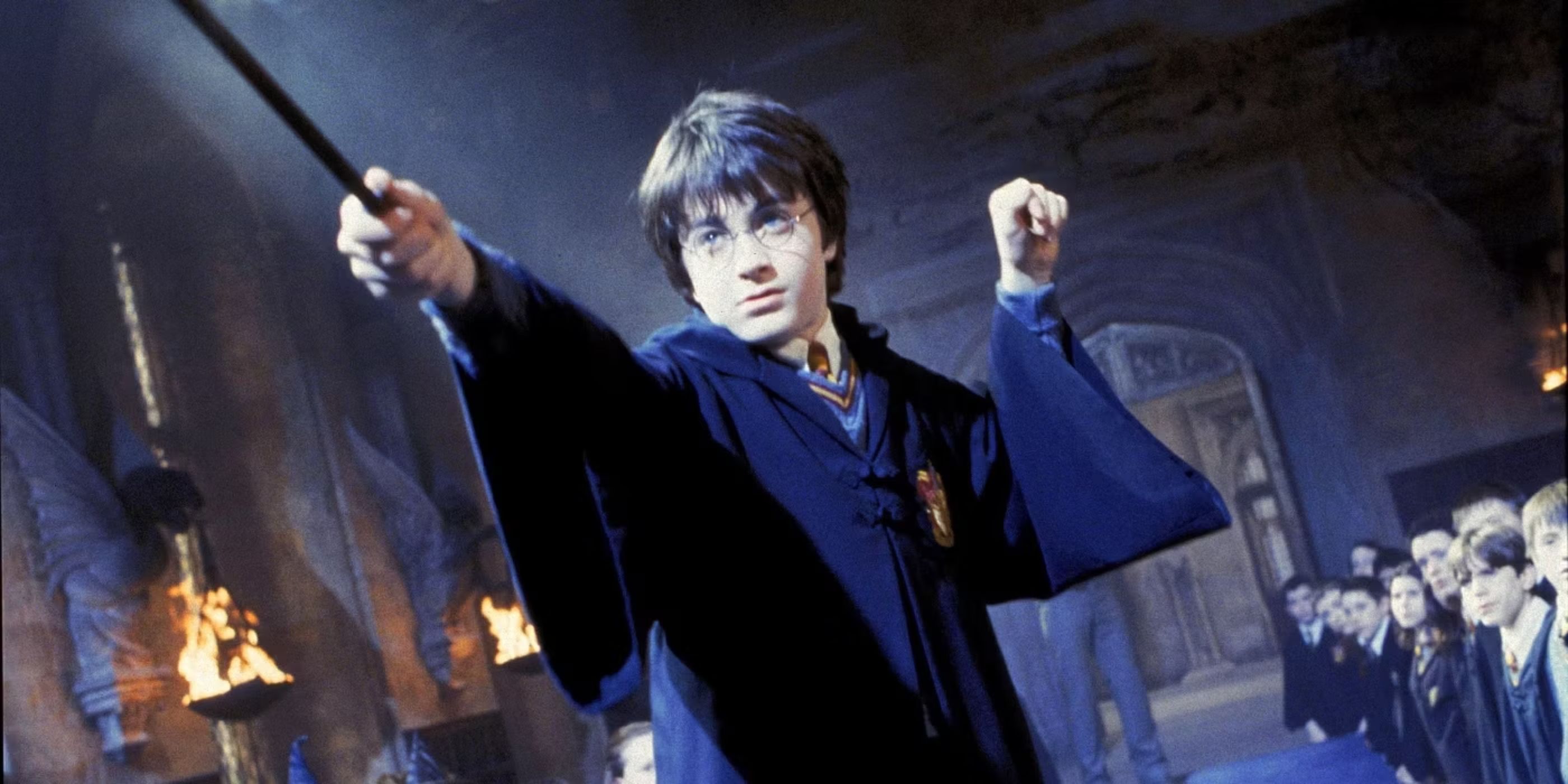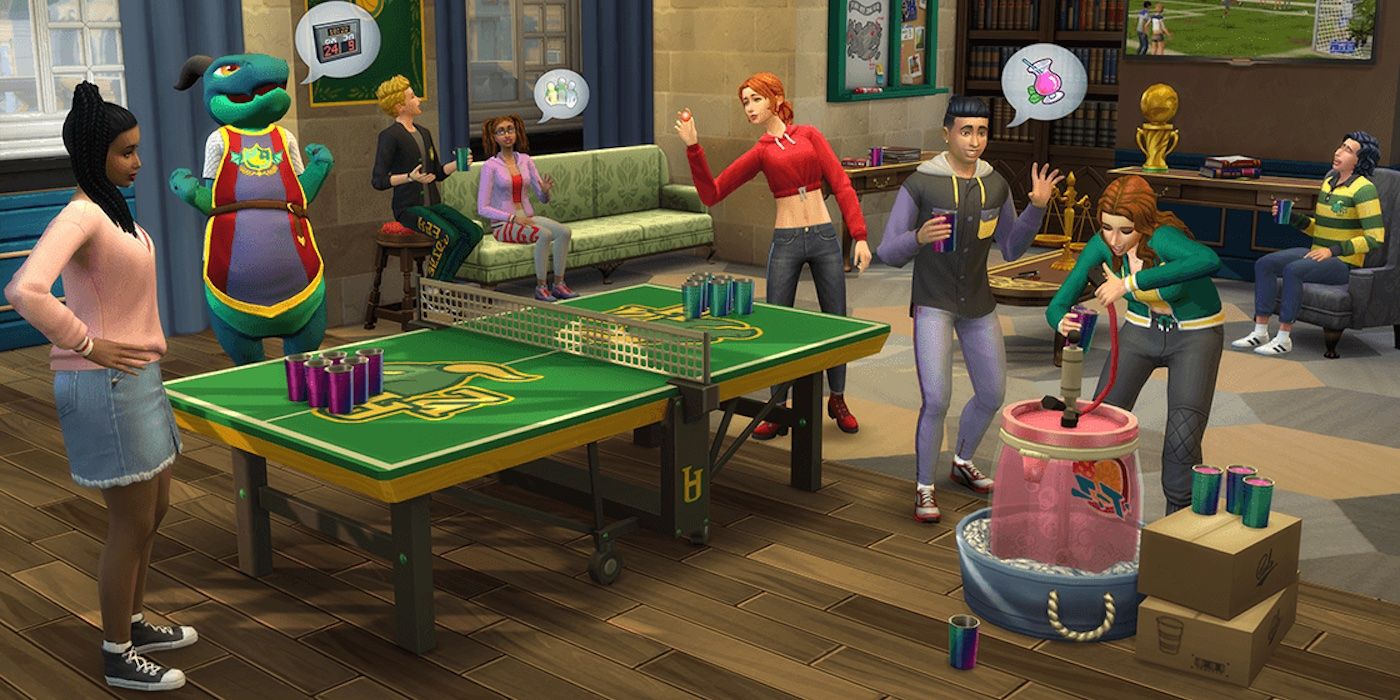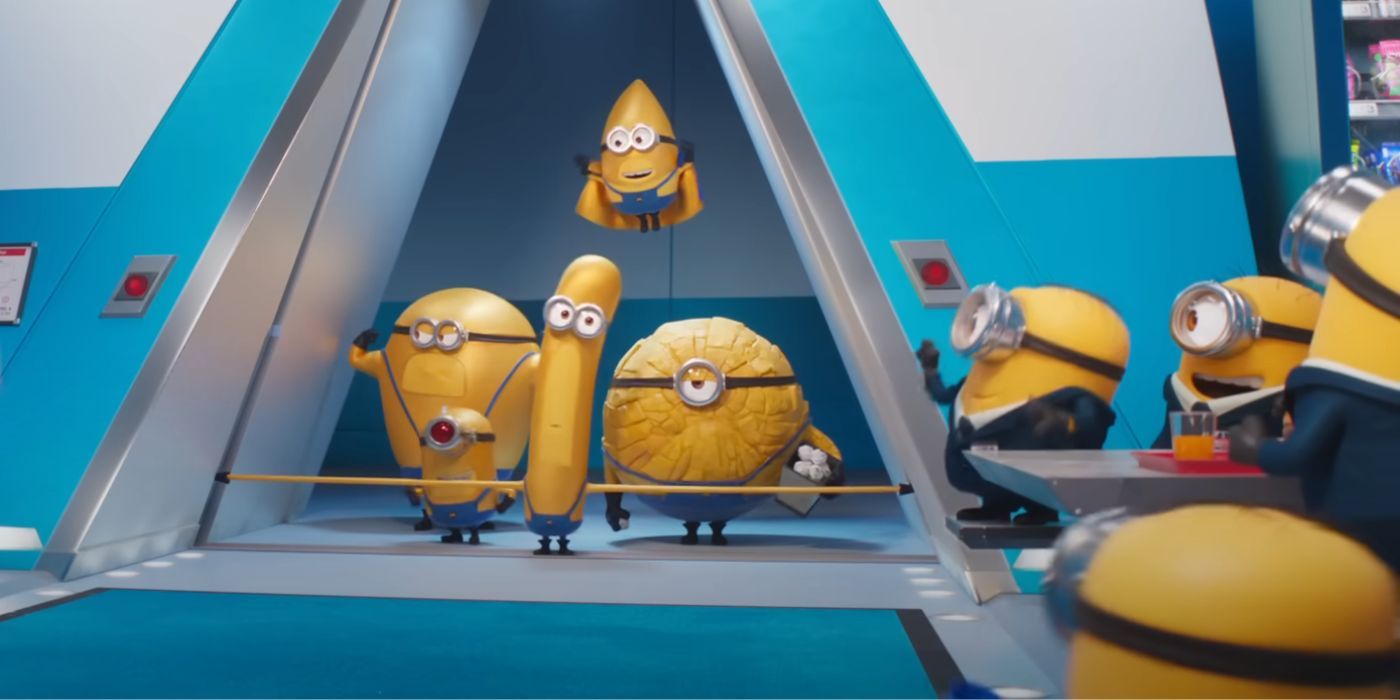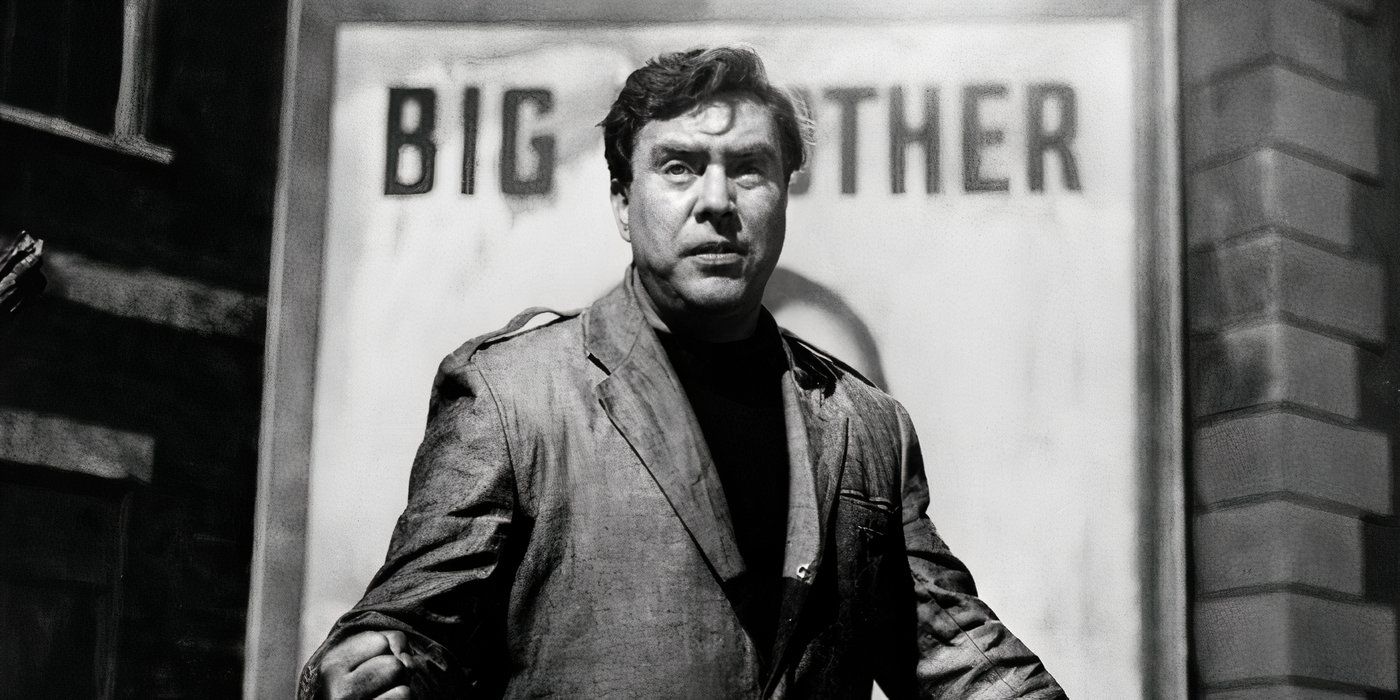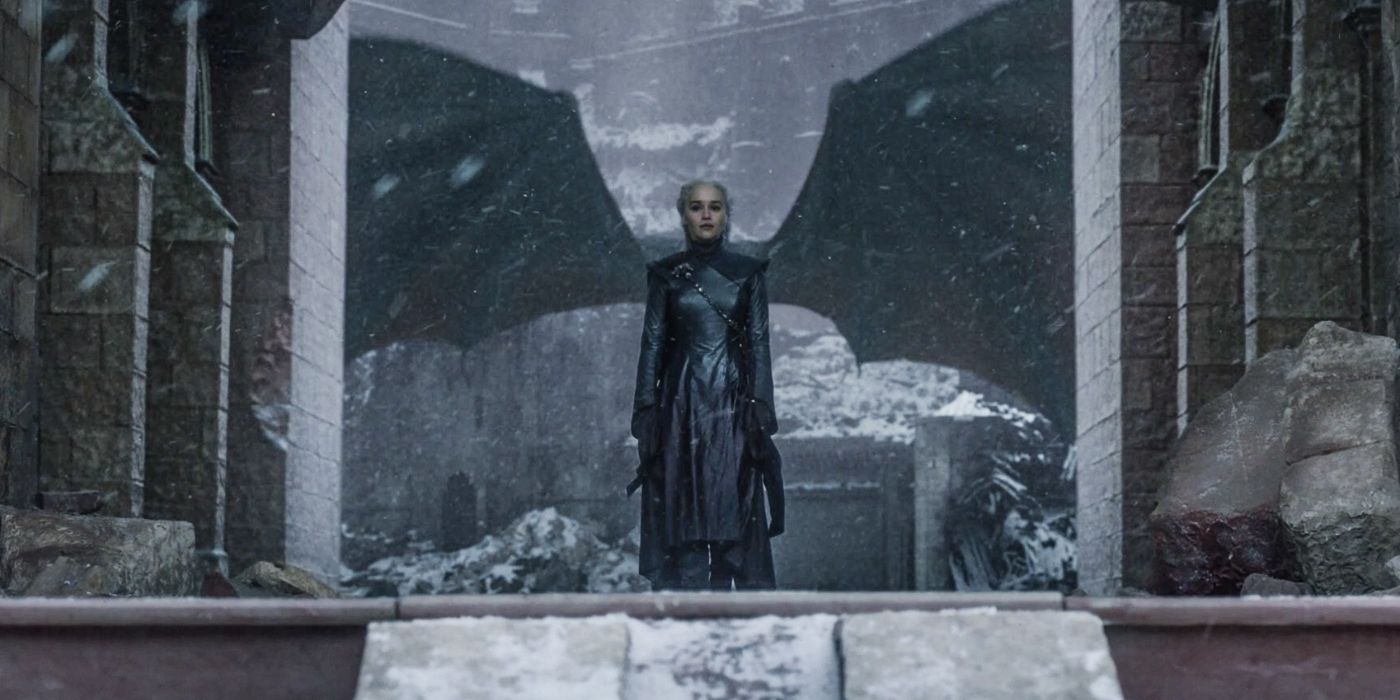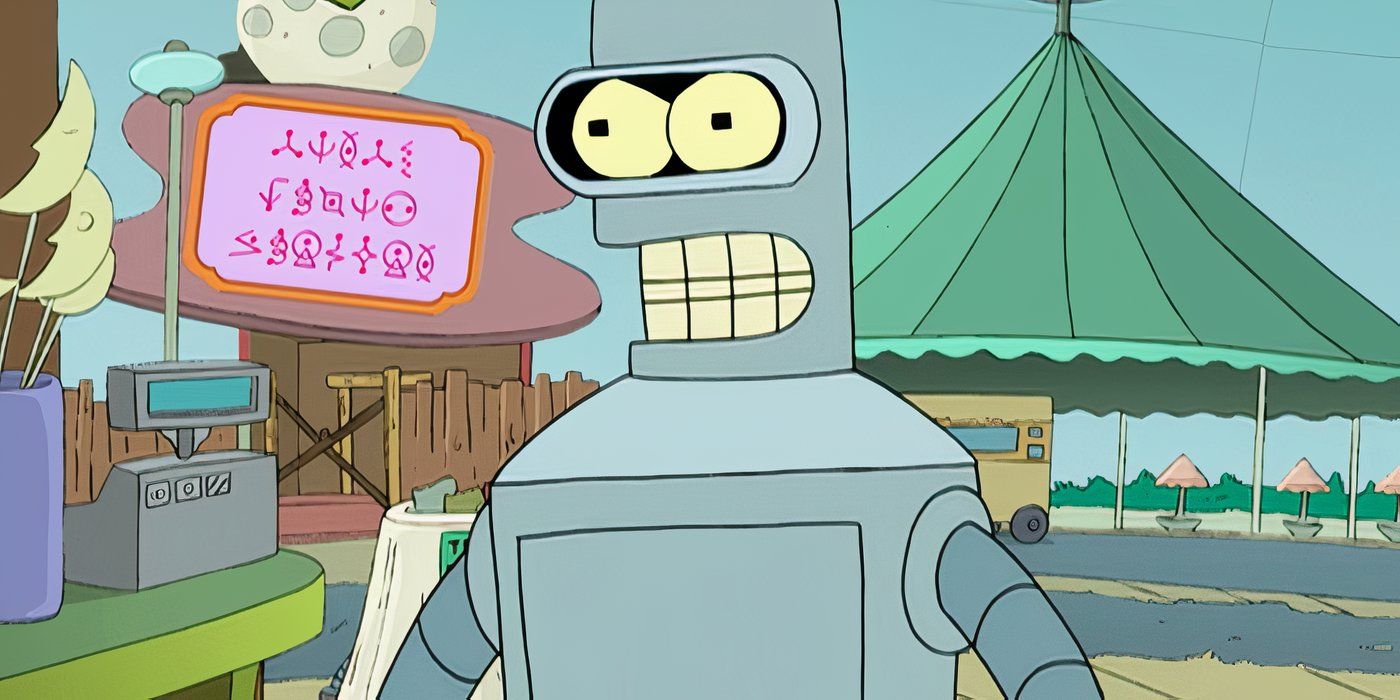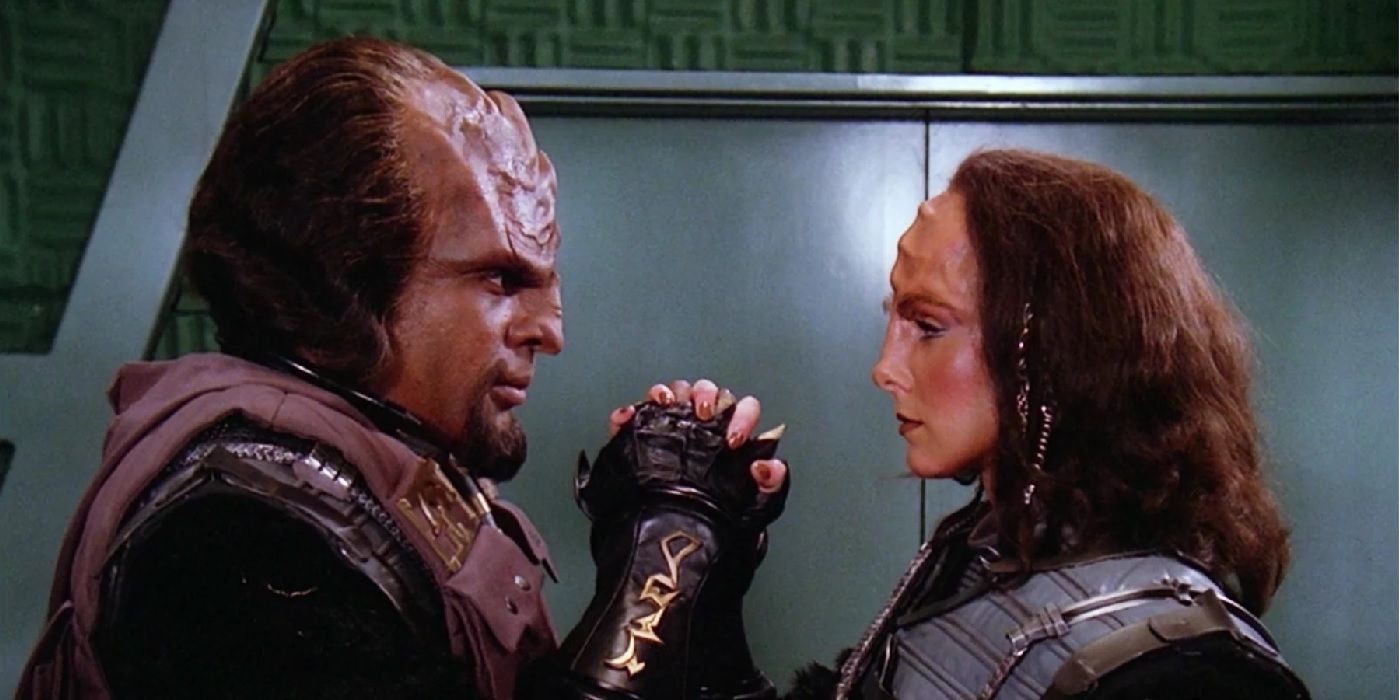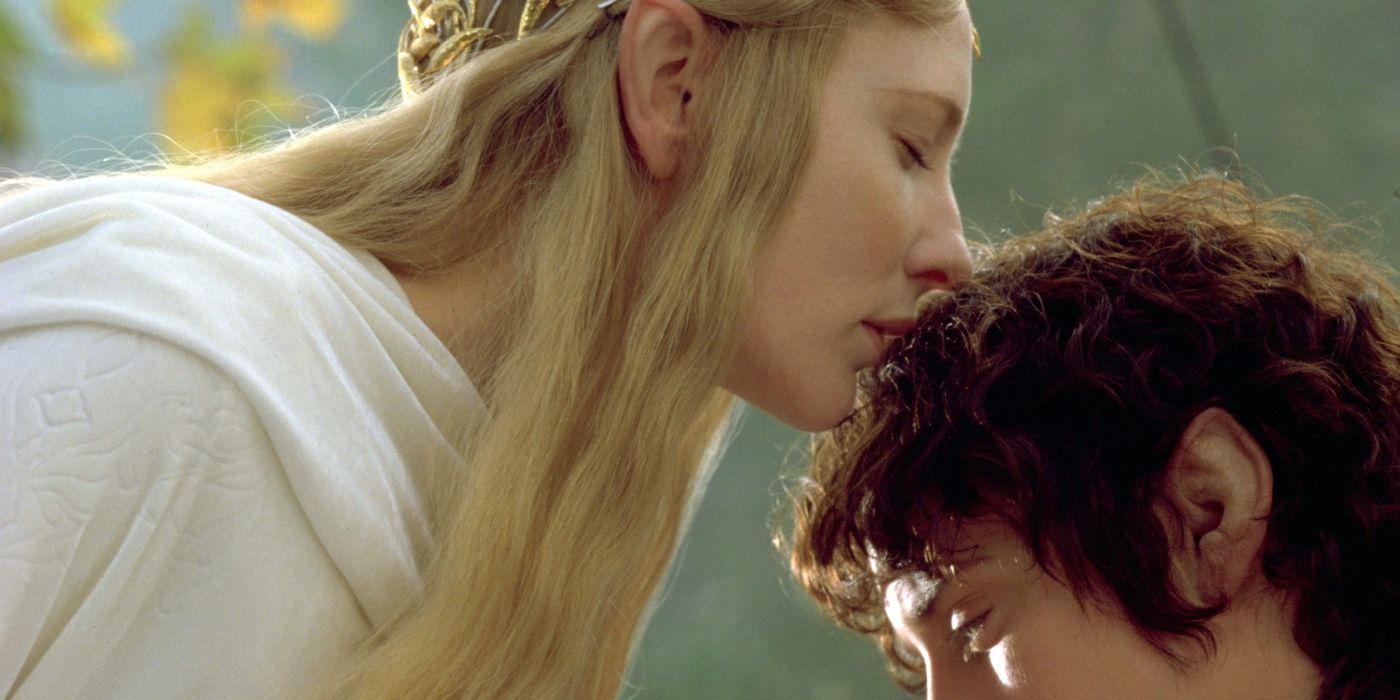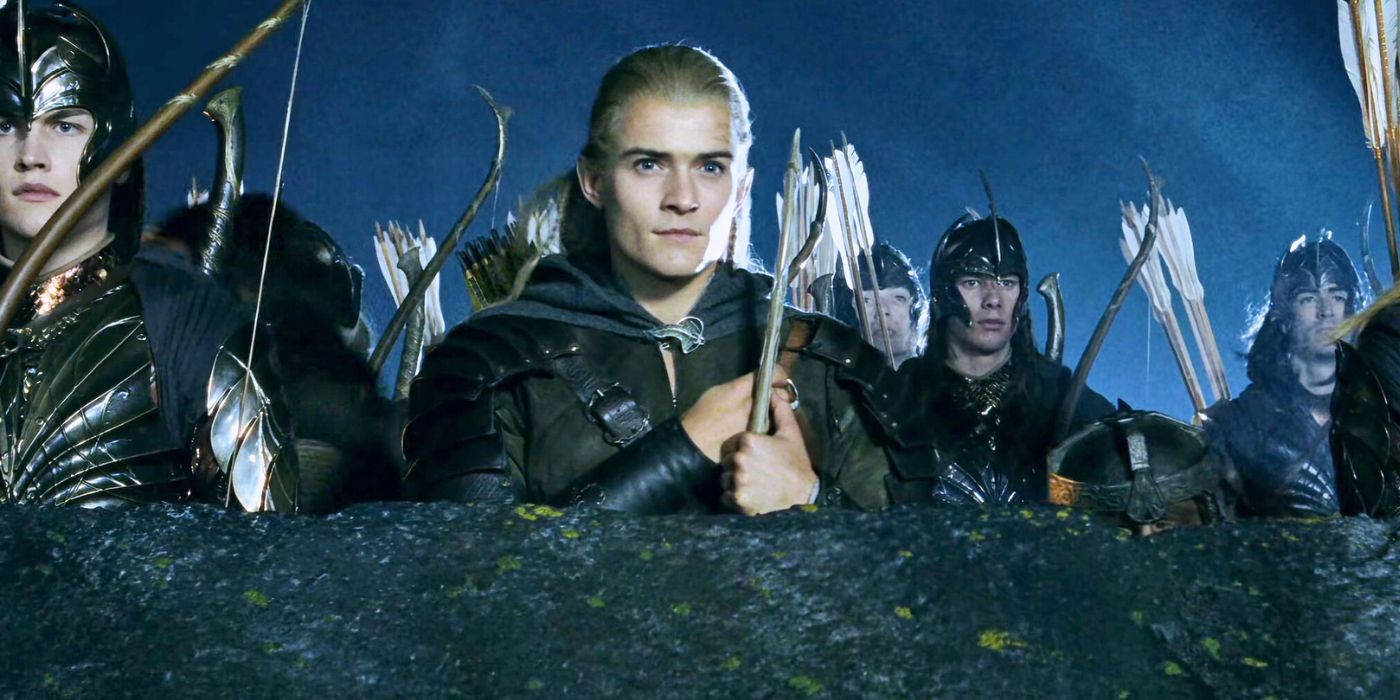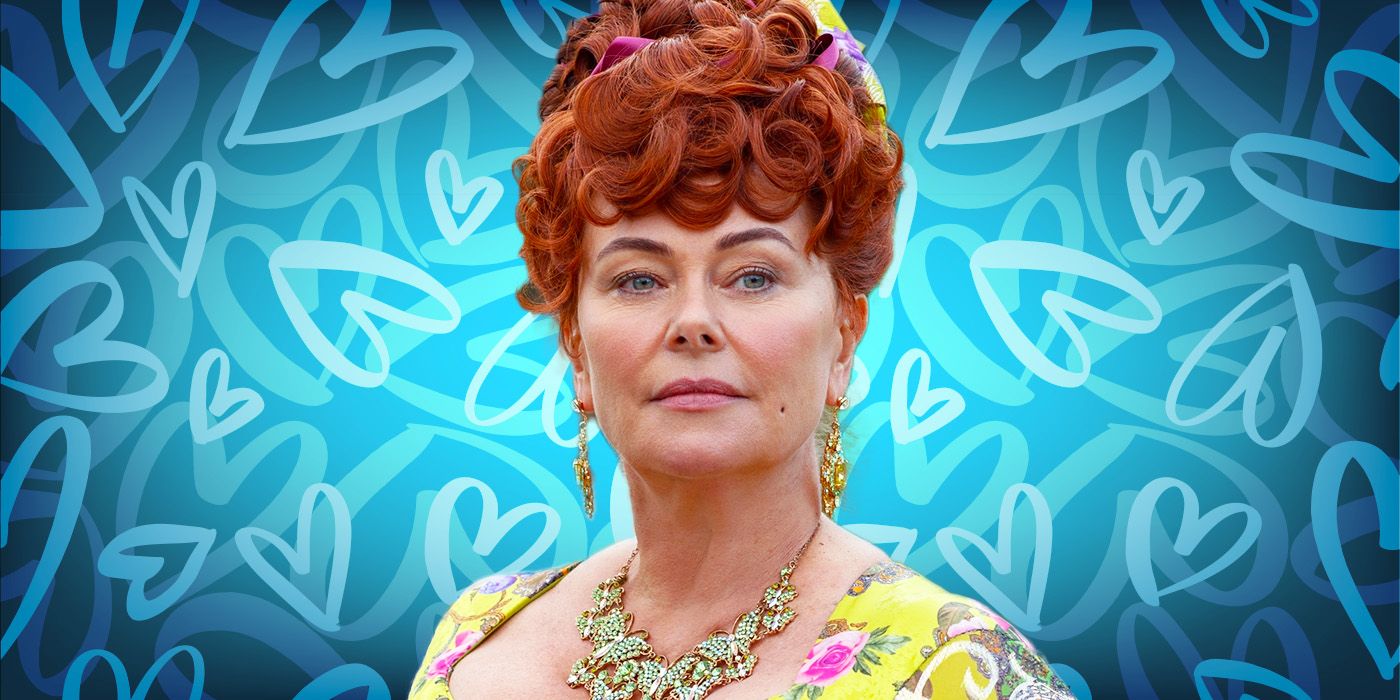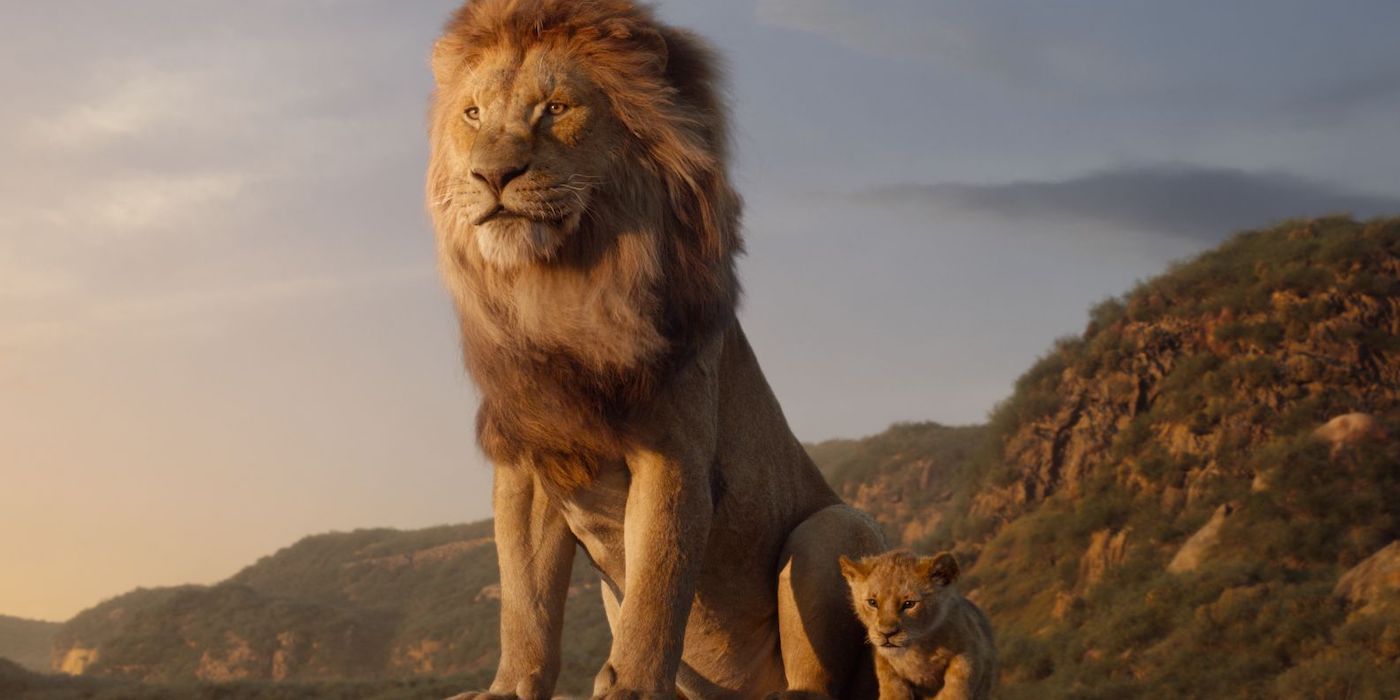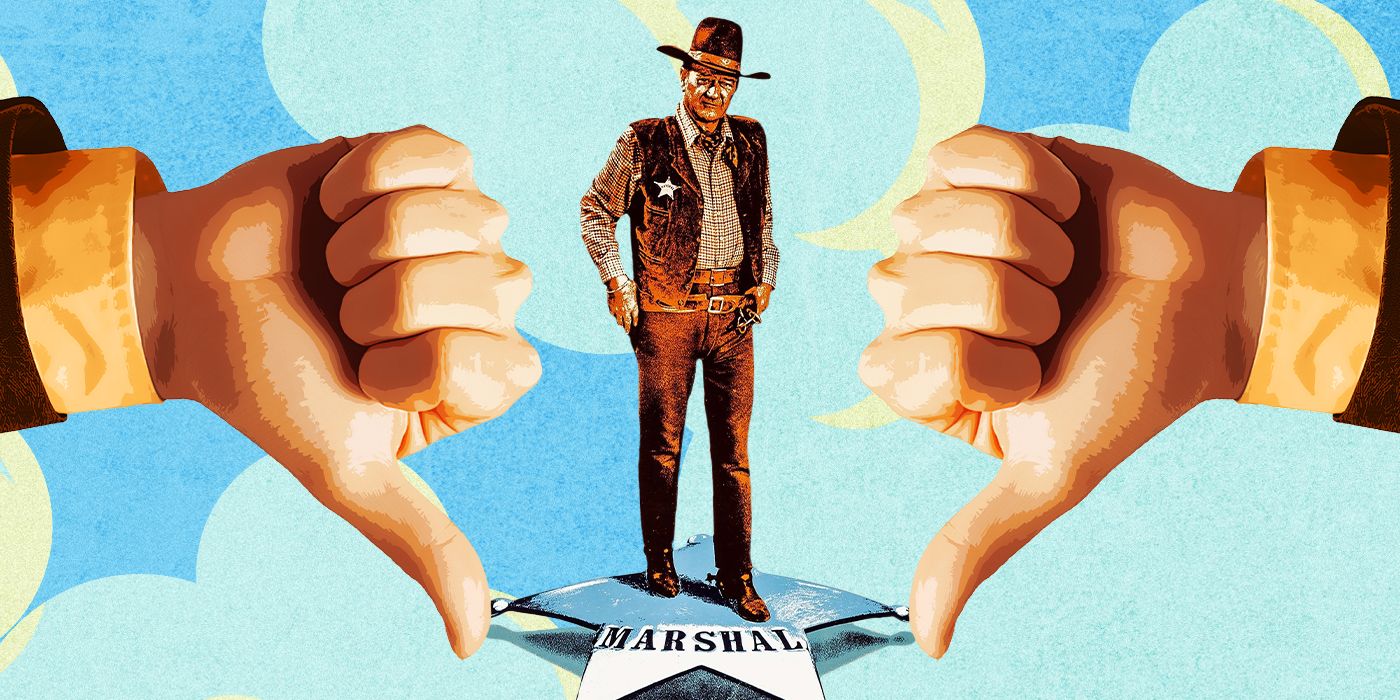As the basis of all communication and expression, language is a beautifully complex and long-studied tool. It’s no surprise, then, that language is the basis of most art forms, from literature to cinema and television. But, while the vast majority of stories are told in real languages, a few writers and linguists have created fictional languages from the ground up for their stories, especially within the fantasy and sci-fi genres.
Sometimes, the fictional language is more of a vehicle for the story’s themes, such as Newspeak from George Orwell‘s seminal dystopian novel 1984. Other times, it’s a fully constructed language through and through, such as J.R.R. Tolkien‘s Elvish languages from his Lord of the Rings books. Whatever the case, fictional languages are always a fascinating thing that adds lots of layers and more realism to a fictional world.
10 Atlantean – ‘Atlantis: The Lost Empire’ (2001)
Created by Marc Okrand
Those who grew up watching Disney’s late-’90s and early-2000s animated movies are sure to say that Atlantis: The Lost Empire is one of the most underrated adventure movies of all time. Frankly, that’s quite a fair thing to say. In it, a young linguist joins an intrepid group of explorers to find the mysterious lost continent of Atlantis, an adventure far greater than anything he could have ever imagined.
The striking animation, memorable characters, and gripping story are proof enough that the team behind Atlantis was extraordinarily committed to the project. It makes sense that they’d hire Marc Okrand, the same linguist who created the Klingon language from Star Trek, to write a language for the people of Atlantis to speak. Inspired by Sumerian and North American Indigenous languages, Atlantean sounds distinctive and ancient, giving the world of the film a distinctly lived-in feel.
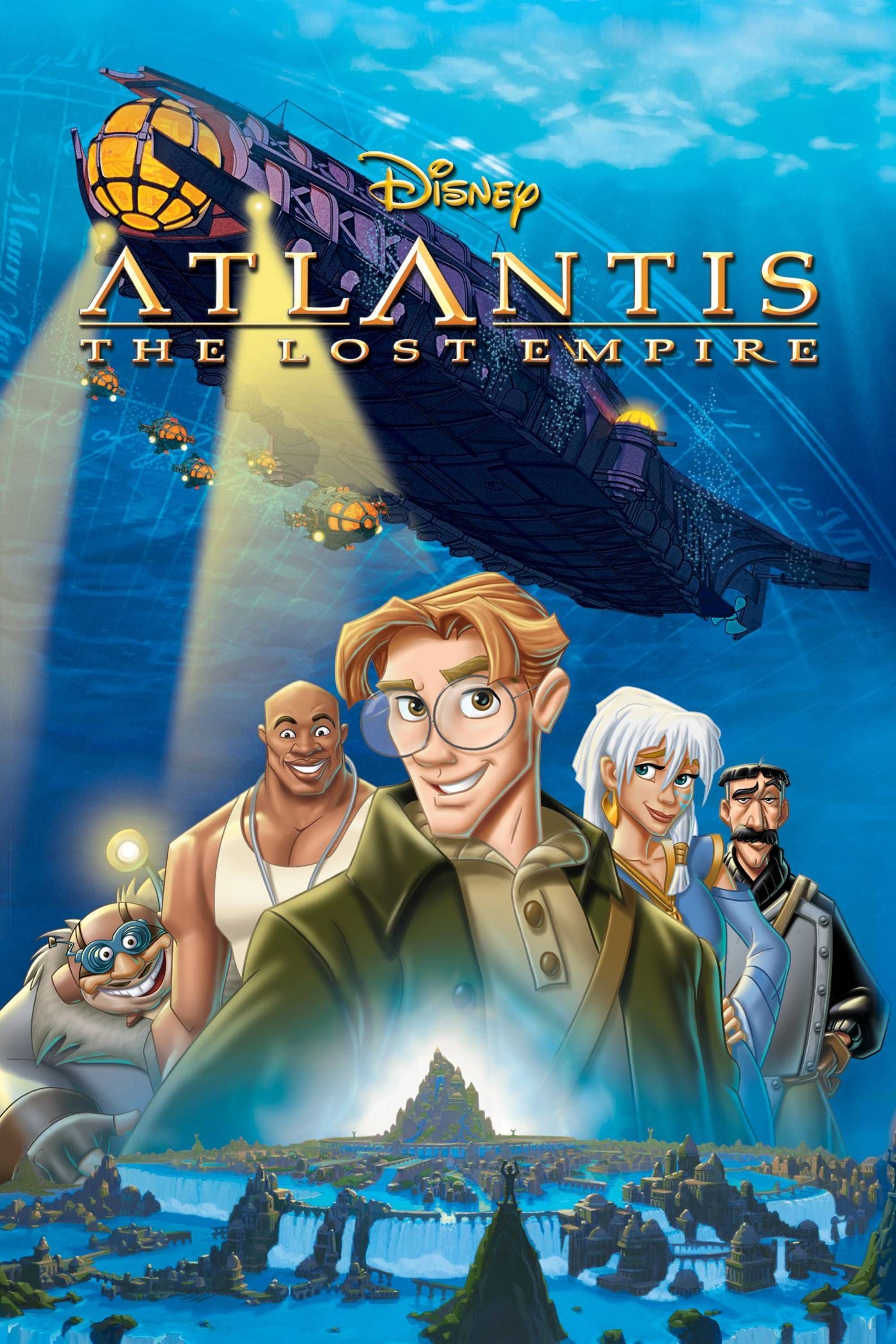
Atlantis: The Lost Empire
- Release Date
- June 2, 2001
- Director
- Gary Trousdale , Kirk Wise
- Cast
- Michael J. Fox , Corey Burton , Claudia Christian , James Garner , John Mahoney , Phil Morris
- Runtime
- 95
- Writers
- Tab Murphy , Plato , David Reynolds , Gary Trousdale , Joss Whedon , Kirk Wise
9 Parseltongue – Harry Potter Franchise (2001-2011)
Created by Francis J. Nolan and Robert M. Murphy
With the release of her children’s fantasy novel Harry Potter and the Philosopher’s Stone in 1997, J.K. Rowling set loose a pop-cultural phenomenon unlike any other the world had seen before. With the start of the film adaptation franchise in 2001, the phenomenon grew even larger. The tale of a young boy who discovers that he plays a crucial role in the fate of a magical society, Harry Potter is a timeless Hero’s Journey-type story for the ages.
In Philosopher’s Stone, Harry speaks to a snake. In the second book and movie, Harry Potter and the Chamber of Secrets, it’s revealed that Harry can speak Parseltongue, the language of snakes — an ability he shares with many of history’s most notorious Dark Wizards, including Lord Voldemort himself. Though the language is never textually spoken in the books, linguists Francis J. Nolan and Robert M. Murphy helped create Parseltongue phrases for the films, borrowing features of Bantu and Uralic languages. It’s an element that’s used many times again in the story of Harry’s life, always representing his deep connection to Voldemort — and his ability to never fall into the same darkness that he did.
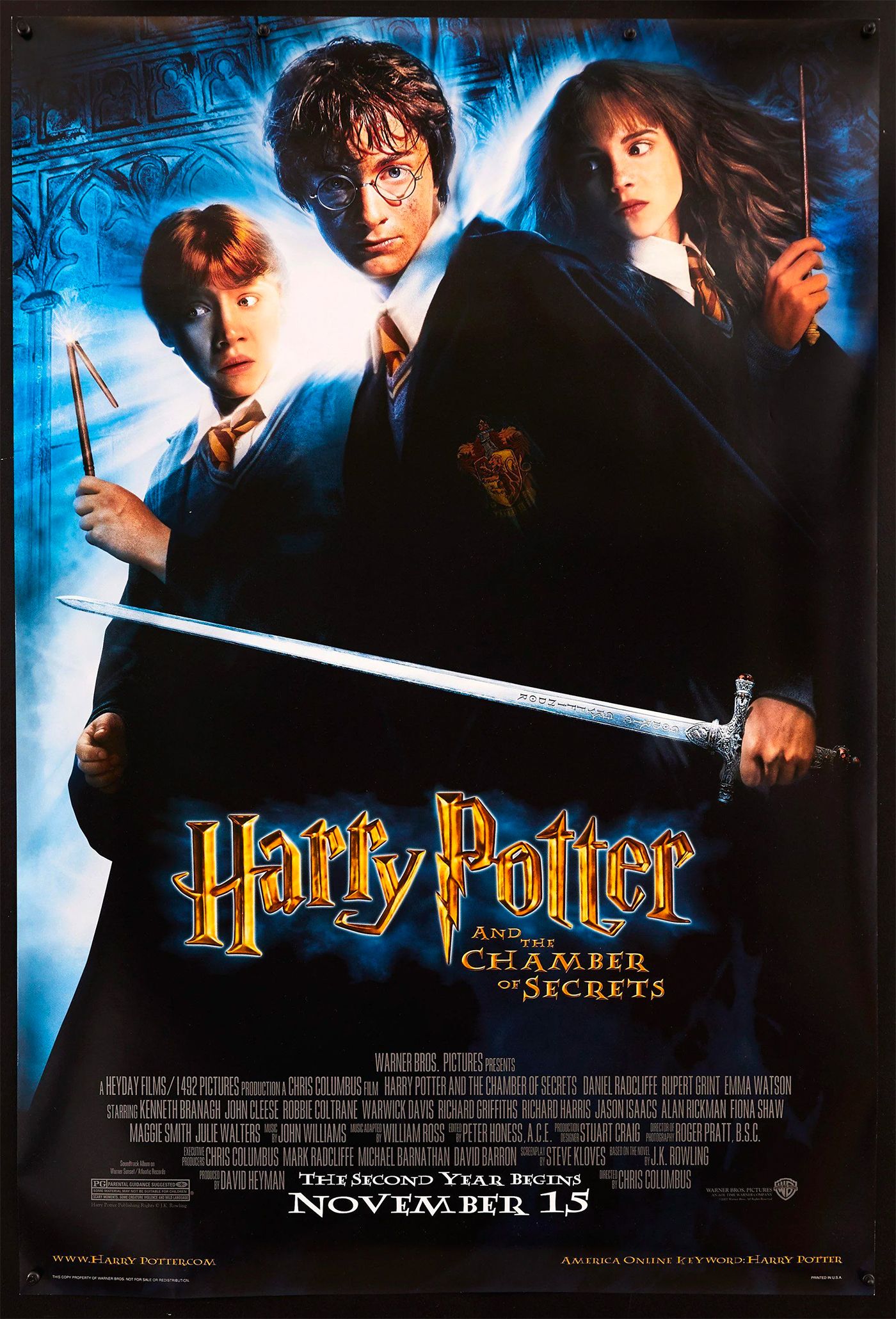
8 Simlish – The Sims Franchise (2000 – Present)
Created by Will Wright
Starting in the year 2000 and still going strong, The Sims is perhaps the most popular and successful life-simulation video game franchise on the market. These are usually sandbox games where players can create characters named Sims, place them in houses, control their personalities and desires, and be the gods of their own little world.
“It’s as good a time as any to jump into these iconic games whether one is a newcomer or a veteran.”
Fans had always thought that this was one of those game franchises that begged for a movie adaptation, and with one from Margot Robbie and Kate Herron on its way, it’s as good a time as any to jump into these iconic games whether one is a newcomer or a veteran. The amusing language that the Sims speak is Simlish, a bunch of nonsense as far removed from real languages as game designer Will Wright could devise. The language has become one of the most iconic facets of the games, which would definitely not be the same without it.
7 Minionese – Despicable Me Franchise (2010 – Present)
Created by Chris Renaud and Pierre Coffin
Love it or hate it, there’s no denying that Despicable Me is one of the most successful animated movie franchises of all time. It’s the story of Gru, a former supervillain turned loving father and hero, who gets the help of his yellow Minions (who’ve had their fair share of short and feature-length spin-offs) in his many escapades. No one could have anticipated how colossal of a place in pop culture the Minions would take when the first installment came out in 2010.
Aside from their goofy tendencies for slapstick comedy and often hilarious lack of care for public property, one of the main things that makes the Minions so charming is Minionese. This is the language that the little banana-loving menaces speak, created by the directors of the first two films, Chris Renaud and Pierre Coffin (who also lend their voices to the characters). The language is a combination of words and grammatical rules from numerous languages around the world, from English to Spanish, French, Italian, and beyond. As funny as iconic, Minionese is one of the most entertaining parts of the franchise.
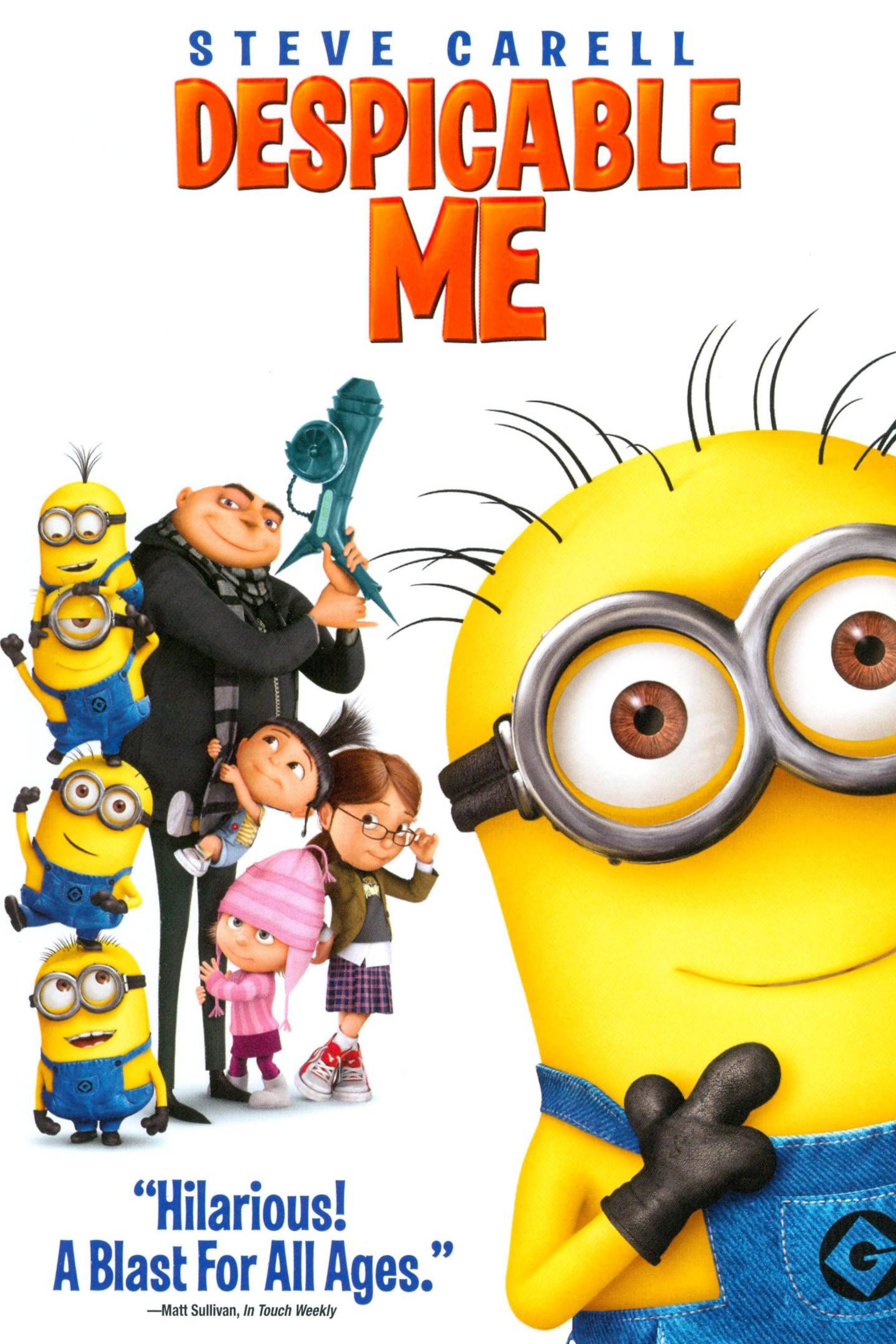
Despicable Me (2010)
- Release Date
- July 8, 2010
- Runtime
- 95
- Writers
- Ken Daurio , Sergio Pablos , Cinco Paul
6 Newspeak – ‘1984’ (1949) and Adaptations
Created by George Orwell
1984 is one of the most important and influential books ever written, set in a totalitarian superstate led by a dictator. Here unfolds a cautionary tale led by Winston Smith, a man whose everyday job is re-writing history and who tries to rebel against the regime by falling in love. The book has been translated to the screen on several occasions; alas, few of these adaptations have been exceptional, as George Orwell’s novel is the kind of transcendental literary work that can never be surpassed.
In the superstate of Oceania, the regime instated Newspeak. This is a highly controlled language characterized by simplification and limitation, meant to restrict speakers’ ability for critical thought and abstract expression. Ironically enough, it’s a surprisingly complex creation that only further proves Orwell’s brilliance and the real-world reflections of his story, even well over 70 years after its publication.
1984
- Release Date
- March 6, 1956
- Director
- Michael Anderson
- Cast
- Edmond O’Brien , Michael Redgrave , Jan Sterling , David Kossoff , Mervyn Johns , Donald Pleasence
- Runtime
- 90 minutes
- Writers
- George Orwell , William Templeton , Ralph Gilbert Bettison
Buy on Amazon
5 High Valyrian – Game of Thrones Franchise (2011 – Present)
Created by George R.R. Martin and David J. Peterson
George R.R. Martin started a franchise that would come to define modern television, starting with the first installment of the A Song of Ice and Fire series in 1996. The books and their HBO show adaptation, Game of Thrones, tell the story of nine noble families fighting for control over the land of Westeros. The prequel series House of the Dragon, about an internal succession war within House Targaryen, is just as good.
The Seven Kingdoms of Westeros are distinct in all senses: visually, naturally, and — of course — culturally. Valyrian is a complex family of languages in the story, with High Valyrian being spoken only by some of Game of Thrones‘s best characters. Created by Martin but fully developed into a proper language by conlanger (language creator) David J. Peterson, it’s been said to be the most convincing fictional tongue since Tolkien’s Elvish. These kinds of rich and complex details are exactly the ones that make Westeros one of the most fascinating locales in the fantasy genre.
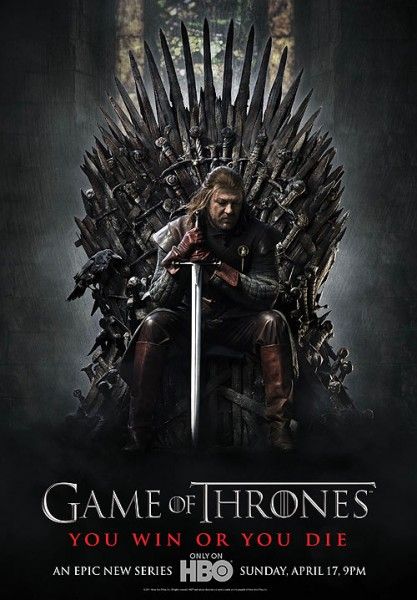
Game Of Thrones
- Release Date
- April 17, 2011
- Creator
- David Benioff, D.B. Weiss
- Seasons
- 8
Watch on Max
4 Alienese 2 – ‘Futurama’ (1999 – Present)
Created by Matt Groening and David X. Cohen
Created by the legendary Matt Groening, also known for shows like The Simpsons and Disenchantment, Futurama is one of the smartest and most influential sitcoms ever made. It’s one of the most popular animated series for adults and tells the story of Philip J. Fry, a pizza delivery boy who’s accidentally frozen in 1999 and thawed out on New Year’s Eve a thousand years later.
Of the show’s many hilarious running gags, the Alienese languages are probably one of the cleverest, funniest, and best-known. Alienese is a mathematically constructed language created as a joke by Groening and fellow developer David X. Cohen as early as the series’ pilot. First, they created Alienese 1, which was simple enough for fans to decipher immediately. Then, they created Alienese 2, a much more complex language that took years for viewers to figure out. There are messages and signs in Alienese 2 hidden as funny little Easter eggs all over Futurama‘s world, a testament to the dedication of its loyal fans.
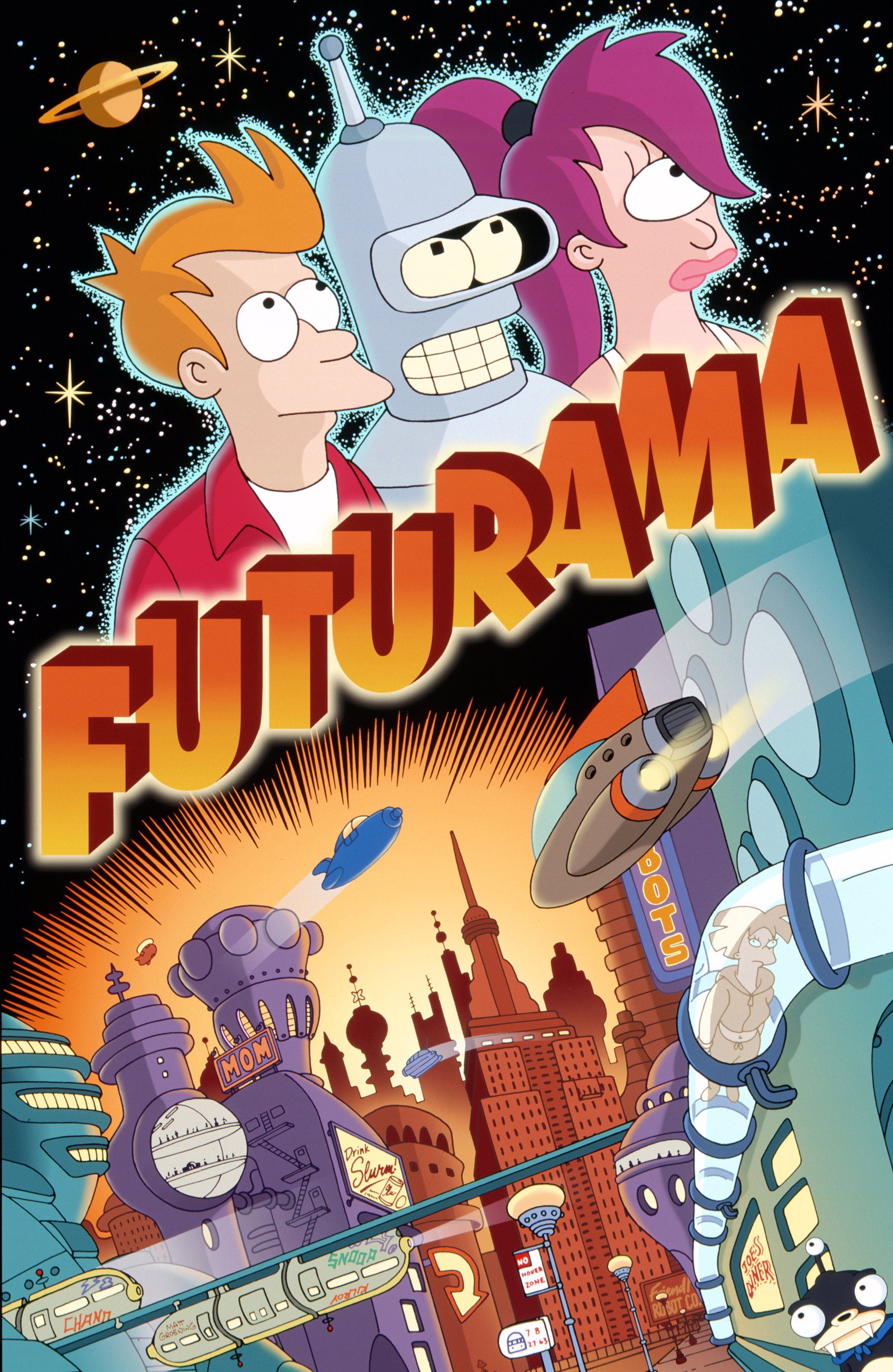
Futurama
- Release Date
- March 28, 1999
- Seasons
- 8
3 Klingon – Star Trek Franchise (1966 – Present)
Created by Marc Okrand
Marc Okrand strikes again. The linguist is definitely best known for having created Klingon, easily the most famous fictional language in pop culture. This is the language of the Klingons, a humanoid warrior species from the planet Qo’noS in the vast, rich world of Star Trek. Unlike many fictional languages, which only go so far with how fully developed they are, Klingon is a full-fledged language that can (and should) be learned by any Star Trek fan.
Klingon is a tongue with a complex vocabulary, grammar, and syntax. It’s the passion and dedication shown in creating such an intricate communication system that makes this franchise hold such a special place in the pantheon of sci-fi pop culture. Thanks to elements like this one, and with so many TV shows, movies, books, and other pieces of media serving as building blocks in its complex universe, exploring Star Trek feels like a delightfully daunting task.
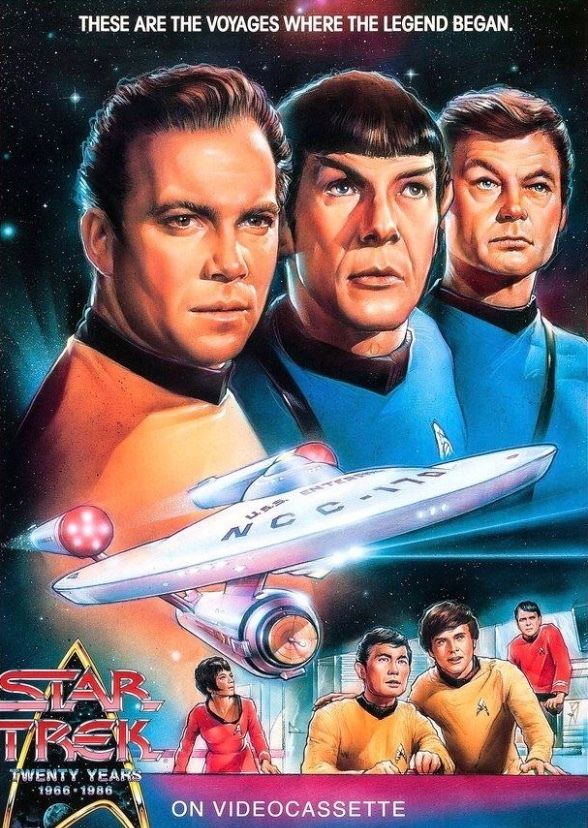
2 Quenya – Middle-earth
Created by J.R.R. Tolkien
The Middle-earth franchise, from its many movies to its video games, needs no introduction. After all, it’s usually acclaimed as the single greatest fantasy franchise of all time. But of course, the most groundbreaking and praise-worthy element of this layered world are the books written by philologist J.R.R. Tolkien, particularly his Lord of the Rings books, easily his magnum opus.
Contrary to what seems to be popular belief, Tolkien didn’t only create one language for his vast Middle-earth, but rather over a whopping dozen. The best-known and most richly constructed of these, though, are the Elvish family of languages. Most particularly, Quenya and Sindarin. Quenya was the language spoken by the non-Teleri elves who reached Aman in the First Age. By the time of the events of Lord of the Rings, it was an archaic language and more of a scholarly interest than a useful one. It’s absolutely stunning how much complexity and beauty Tolkien packed into this tongue, inspired by Finnish and Latin roots.
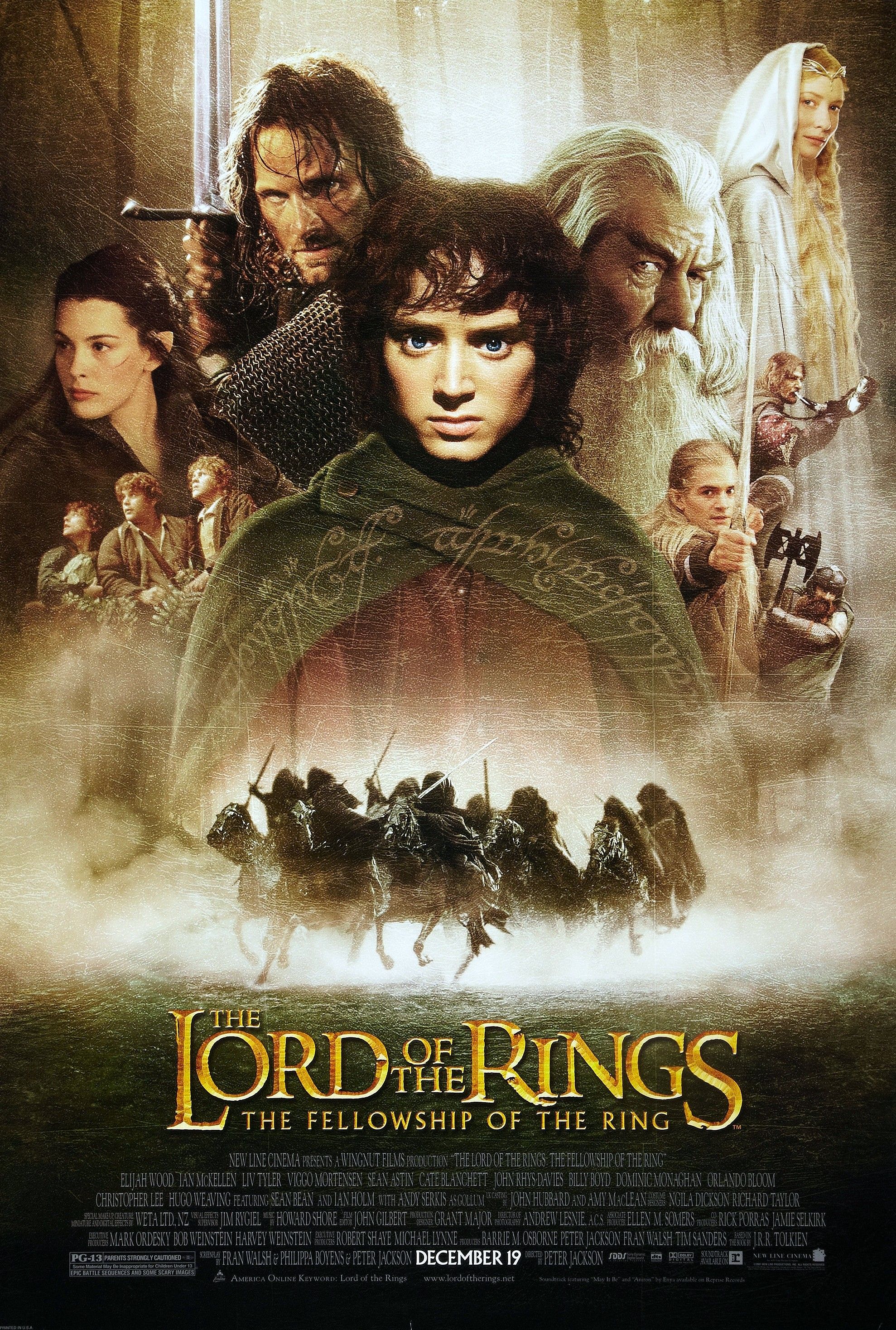
1 Sindarin – Middle-earth
Created by J.R.R. Tolkien
The Lord of the Rings is the story of nine Middle-earthers setting out to destroy the greatest weapon of the land’s evil tyrant, who is getting ready to return from his slumber. It’s impressive how Tolkien and adapting artists like Peter Jackson were able to stretch such a seemingly simple premise into the absolute behemoth that is this story, going as far as to have languages as complex and fully developed as Sindarin.
When pop culture geeks speak of the Elvish language from Tolkien’s work, it’s most likely that they’re thinking of Sindarin. After all, it was the tongue that the Elves spoke during the Third Age, the one that fans got to hear people like Legolas and Aragorn speak in three of the greatest fantasy movies ever made. Sindarin’s writings are one of the main icons of Middle-earth, and their complexity is one of the greatest pieces of evidence that J.R.R. Tolkien was a creative genius. After all, to create a fictional language is a feat not achievable by many.
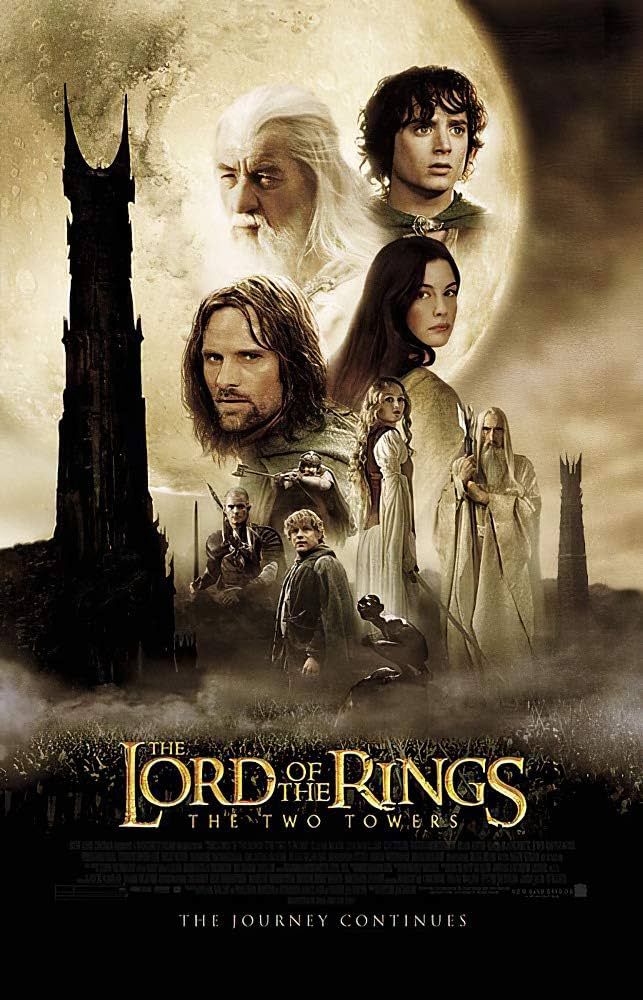
The Lord of the Rings: The Two Towers
- Release Date
- December 18, 2002
- Runtime
- 179 minutes

